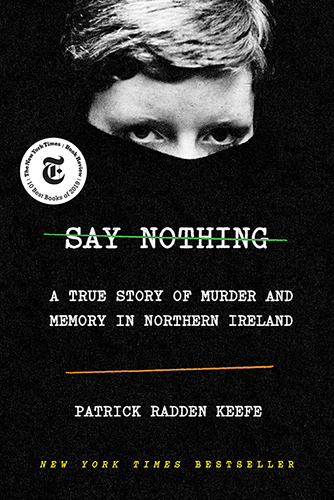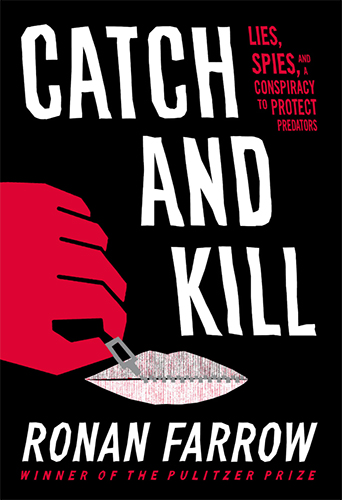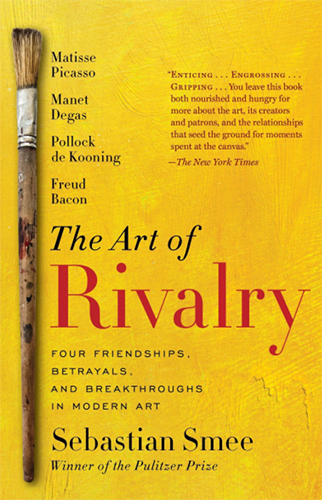I used to think that reading non-fiction for pleasure was impossible. It seemed like an activity best relegated to school years past: nothing looks enjoyable about reading about politics or history in my spare time. However, over the last year I have found that if I want to learn about why the world is the way it is today, the approximation to an answer usually lies in a well-written, well-researched non-fiction book. Here are my favorites from last year’s reads.
Say Nothing: A True Story of Murder and Memory in Northern Ireland by Patrick Radden Keefe

In an era of notorious killings in Northern Ireland during the period known as The Troubles, no event was as devastating as the 1972 kidnapping of Jean McConville, a Protestant widow with 10 Catholic children. McConville was “disappeared” and her children left to fend for themselves. No one spoke up, despite evidence that the act was perpetrated by the Irish Republican Army. In 2003, five years after an uneasy peace treaty that ended the conflict, a body was found on a beach. The body was McConville’s. Who killed this embattled woman, and why? Keefe’s account of the conflict in Northern Ireland is a tale of a world wracked by a guerilla war that has never been properly accounted for and will have you asking if the end ever truly justifies the means.
Catch and Kill: Lies, Spies, and a Conspiracy to Protect Predators by Ronan Farrow

This thrilling expose by Ronan Farrow is about the year he investigated and helped bring down Harvey Weinstein. He tells of encountered spies, lawyers, and shadowy operatives hired by the powerful Hollywood player to muddle his investigation. The book is a searing look at how desperate men will do anything to clutch on to their sense of power and is required reading in the history of the #MeToo movement.
The Art of Rivalry: Four Friendships, Betrayals, and Breakthroughs in Modern Art by Sebastian Smee

How does rivalry impact genius and achievement in art? Smee looks at four artists who were at the peak of their powers in the same period: Matisse and Picasso, Manet and Degas, Pollock and de Kooning, and Freud and Bacon and how their rivalry and complicated relationships with each other influenced and simultaneously triggered artistic innovation. Having always loved reading about art history and art criticism, I found myself wishing to read 500 more pages of this.
Dying of Whiteness: How the Politics of Racial Resentment Is Killing America’s Heartland by Jonathan M. Metzl

After the 2016 election, the question in everyone’s mouth was: how can Donald Trump’s core base vote against his or her interests? After all, the people who voted to #MakeAmericaGreatAgain are those living in states that are in dire need of affordable healthcare, improved funding for education, and are at greater risk of gun suicide. Yet these states voted Red, for policies that would worsen, not improve their lives. Metzl’s investigation takes him to America’s heartland, Missouri, Tennessee, and Kansas, asking these questions. It turns out that for those people, whiteness is all there is to cling on. It was easy to justify voting against their interests for a candidate who placed white supremacy as the bastion of America’s future.
Where to buy:





